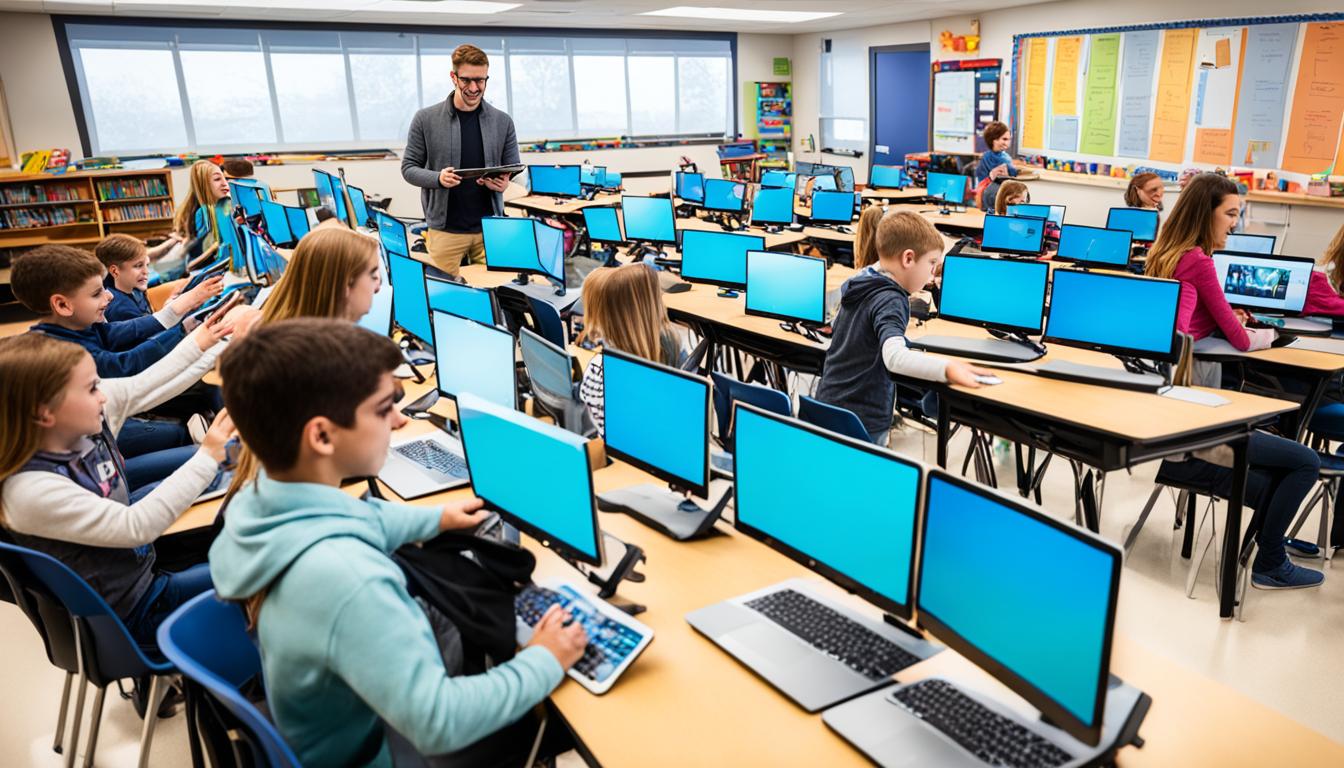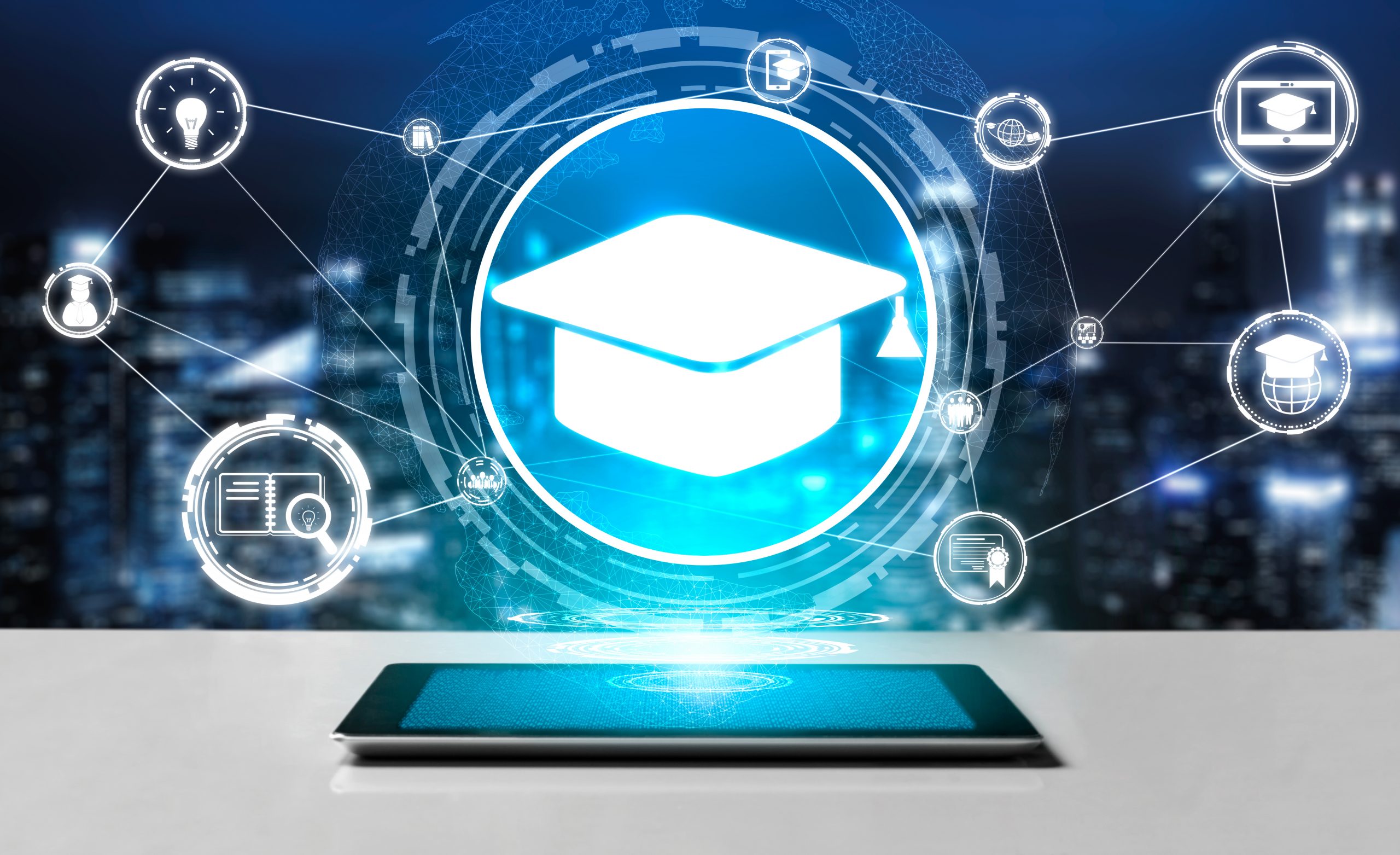Gain Comfort with Flexible Insurance Options Tailored for You
Gain Comfort with Flexible Insurance Options Tailored for You
Blog Article
Comprehensive Company Guides for Progressing Modern Technology Education And Learning in Schools and Colleges
The assimilation of technology education right into school and college curricula has become a crucial necessary in preparing students for an increasingly electronic labor force. Thorough company guides play a crucial function in this transformation by outlining the essential frameworks for effective program execution, promoting necessary industry partnerships, and gauging educational results. As educational establishments strive to align themselves with market demands, the obstacles and possibilities presented by these guides merit a closer evaluation. Education. What specific approaches can be taken on to optimize their influence on both instructors and pupils?
Significance of Modern Technology Education And Learning
As technology remains to evolve at an extraordinary rate, the significance of modern technology education and learning has become significantly obvious in today's society. The assimilation of innovation into different facets of life demands that people possess a foundational understanding of technological ideas and applications. This knowledge not only boosts employability however additionally fosters critical thinking and problem-solving abilities crucial for browsing a dynamic labor force.
In universities, modern technology education furnishes pupils with the capability to adjust to fast modifications in sectors driven by development. It encourages imagination and empowers learners to engage with arising technologies, from fabricated intelligence to information analytics. Innovation education advertises digital literacy, which is important in a period where information is conveniently available yet commonly deceptive.

Trick Elements of Effective Guides
Reliable guides for innovation education have to incorporate numerous crucial parts to guarantee that students obtain the most from their experiences. Initially, a well-defined educational program is essential, laying out the objectives, finding out results, and the abilities to be developed. This curriculum should be routinely upgraded to reflect the swiftly evolving technological landscape, guaranteeing relevance and applicability.
2nd, thorough sources that consist of textbooks, on-line materials, and hands-on devices are crucial. These resources ought to be accessible and varied, catering to numerous discovering choices and styles. Additionally, incorporating real-world scenarios and study can boost understanding and involvement.
Third, assessment methods have to be consisted of to evaluate student progression successfully. These evaluations must be varied, including formative and summative examinations that line up with the understanding objectives.
Furthermore, specialist development possibilities for educators are important. Educating workshops and programs can outfit instructors with the most recent pedagogical techniques and technological advancements.
Last but not least, fostering a collective understanding environment urges peer interaction and understanding sharing. By consisting of these essential components, overviews for technology education can substantially enhance the learning experience, preparing pupils for future difficulties in a significantly digital world.
Building Industry Partnerships
Building strong sector collaborations is an essential aspect of improving technology education. These partnerships in between universities and businesses produce a dynamic community that profits students, teachers, and companies alike. By cultivating relationships with industry colleges, institutions and leaders can align their educational programs with the advancing demands of the job market, making sure that students acquire appropriate skills and understanding.
The growth of teaching fellowships, apprenticeships, and mentorship programs acts as a keystone of these partnerships. Such opportunities supply students with hands-on experience, improving their employability and sensible understanding of innovation applications. Furthermore, market partners can use insights into arising patterns and technological innovations, permitting teachers to adapt their mentor approaches appropriately.
In addition, collaborations can facilitate access to sources, such as equipment, software, and funding for research study jobs. These contributions enhance the learning atmosphere and enable organizations to stay at the leading edge of technical innovation. Inevitably, constructing robust sector collaborations is important for cultivating a skilled workforce that meets the demands of today's swiftly altering technical landscape, while additionally driving economic growth and competition in the broader community.
Implementing Technology Programs
Implementing innovation programs Discover More within educational establishments needs a strategic method that focuses on both curriculum advancement and source appropriation. To initiate successful technology integration, institutions should initially analyze their existing framework and determine spaces in sources, consisting of equipment, software, and employees training. This assessment enables colleges and colleges to create a tailored plan that lines up with their details academic goals.
Next, it is important to create an extensive educational program that incorporates arising innovations and market requirements. Working together with instructors, industry experts, and stakeholders can make certain that the educational program continues to be pertinent and efficient in preparing trainees for the workforce (Grants). Furthermore, expert advancement for professors is crucial, as it equips instructors with the abilities needed to properly instruct new modern technologies
In addition, institutions need to emphasize the relevance of hands-on understanding experiences, such as workshops and labs, that allow pupils to apply academic knowledge in useful settings. This experiential method boosts involvement and fosters critical reasoning. Safeguarding sustainable funding via collaborations and grants can aid preserve and increase modern technology programs, making sure long-term success and versatility in an ever-evolving technological landscape.
Gauging Success and Results
Assessing the success and end results of modern technology education programs is vital for verifying their influence and leading future improvements. Efficient dimension frameworks ought to incorporate both qualitative and measurable metrics, supplying an extensive view of program efficiency. Trick performance indications (KPIs) such as trainee registration numbers, retention prices, and course conclusion percentages provide valuable quantitative information.

Integrating standard evaluations can better review pupils' technical proficiencies and preparedness for the workforce. Benchmarking versus similar establishments allows for contextually relevant contrasts, highlighting areas for growth.
Ultimately, the continuous assessment of technology education and learning programs cultivates a society of renovation, guaranteeing that they develop abreast with industry demands and educational criteria. By methodically measuring success, establishments can not only show responsibility to stakeholders however additionally enhance their offerings, thereby improving the finding out experience and preparing pupils for the ever-changing technological landscape.
Final Thought

The integration of innovation education into institution and college curricula has actually ended up being a critical imperative in Discover More Here preparing pupils for an increasingly digital workforce.As innovation continues to progress at an unprecedented rate, the importance of technology education and learning has become progressively noticeable in today's society.In instructional institutions, modern technology education gears up trainees with the capacity to adapt to rapid modifications in industries driven by technology. By focusing on technology education and learning, institutions can cultivate a generation of educated citizens qualified of leveraging technology for personal and societal innovation. The application of durable evaluation methods allows establishments to gauge success and outcomes, eventually enhancing the overall effectiveness of modern technology education campaigns and preparing students for future obstacles.
Report this page